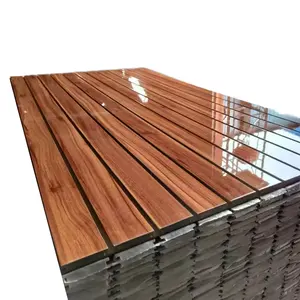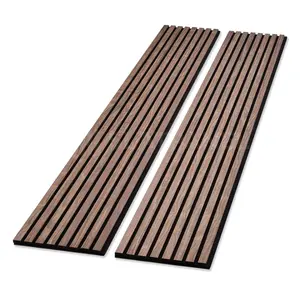Popular in your industry









































Top categories
About stone soil
Introduction
Stone soil is emerging as a versatile and beneficial solution in the field of sustainable landscaping. Its multifaceted benefits, ranging from water conservation to erosion control, and from low maintenance to aesthetic appeal, are revolutionizing modern landscaping practices. This article provides a comprehensive overview of stone soil, its benefits, and effective implementation strategies.
Understanding Stone Soil
Also known as a stonelayer, stone soil is a subsurface layer primarily composed of coarse particles. It often mirrors the surface topography and forms the basal horizon of two-layered soil biomantles. Stonelayers can vary in thickness and composition, including lithic clasts, metallic nodules, human artifacts, and even precious stones, making them a subject of interest across various scientific fields.
Benefits of Stone Soil for Sustainable Landscaping
Stone soil, also referred to as decorative stone, is gaining popularity in sustainable landscaping due to its versatility and functional value. It aids in moisture retention, weed growth prevention, improved drainage, and soil erosion control. The natural colors of stone soil enhance the aesthetic appeal of modern landscaping, making it an ideal choice for sustainable landscaping projects.
Water Conservation
Stone soil plays a significant role in water conservation, especially when used in the form of contour stone bunds. These bunds slow down water runoff, allowing rainwater to infiltrate the soil and distribute evenly across the land. This technique not only improves rainwater harvesting but also enhances soil moisture retention and infiltration, ensuring plant hydration even in drought conditions.
Erosion Control
Stone soil offers an innovative solution for erosion control, particularly in hilly or sloped areas. Strategically placed rocks prevent soil from being washed or blown away, thus preserving its nutrients. The choice of rock type depends on the property's physical orientation, with options like cobblestones, gravel, non-absorbent stone, and riprap each serving a specific purpose.
Low Maintenance
Rock and mulch landscaping are gaining popularity due to their natural textures, designs, and low maintenance requirements. Stone is often used in landscapes that require minimal upkeep and have a long lifespan. Stone can be used to create paths, Japanese-inspired gardens, and river rock landscapes, providing a low-maintenance, aesthetically pleasing solution.
Implementing Stone Soil in Your Landscape
Implementing stone soil in your backyard design is easy, affordable, and offers numerous advantages. It improves drainage, is low maintenance, and with a variety of shapes, sizes, and colors available, you can create a unique and beautiful backyard space.
Choosing the Right Type of Stone Soil
Choosing the right type of stone soil is crucial for your landscape. Options include Decomposed Granite, Pea Gravel, Crushed Granite Gravel, Lava Rock, River Rock, Flagstone, Brick Chips, and Marble Chips, each offering unique aesthetic and functional benefits.
Installation Techniques
The installation of stone soil involves specific techniques. A vibrating probe is used to penetrate the soft soils to the necessary depth and compact the incorporated material. Various construction methods can be used, depending on the project requirements and specifications.
Maintenance and Care
Maintaining stone soil is straightforward. Regular cleaning of landscaping rocks to remove dirt and grime, removing debris to prevent drainage blockage, and inspecting rocks for any damage are all part of the maintenance process. Keeping extra rocks on hand to fill in any gaps or replace any damaged ones can prevent further issues.
Conclusion
Stone soil, with its numerous benefits and applications, is a game-changer in sustainable landscaping. Its versatility makes it an ideal choice for various landscaping projects. The right choice of stone soil type and correct installation techniques can significantly impact the overall effectiveness and longevity of your landscape. Regular maintenance ensures the continued performance and beauty of your stone soil landscape, making it a step towards a more resilient and beautiful environment.


























